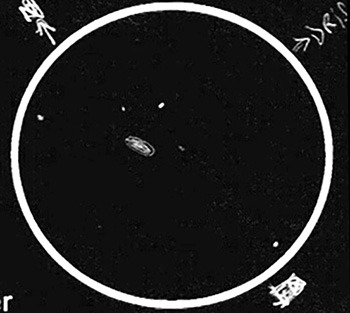
NGC 6543
NGC 6543
NGC 6543 or the Cat’s Eye Nebula (also known as NGC 6543 and Caldwell 6) is a planetary nebula in the northern constellation of Draco, discovered by William Herschel on February 15, 1786. It was the first planetary nebula whose spectrum was investigated by the English amateur astronomer William Huggins, demonstrating that planetary nebulae were gaseous and not stellar in nature. Structurally, the object has had high-resolution images by the Hubble Space Telescope revealing knots, jets, bubbles and complex arcs, being illuminated by the central hot planetary nebula nucleus (PNN). It is a well-studied object that has been observed from radio to X-ray wavelengths.
Thank you for reading this post, don't forget to subscribe!
NGC 6543 is a high northern declination deep-sky object. It has the combined magnitude of 8.1, with high surface brightness. Its small bright inner nebula subtends an average of 16.1 arcsec, with the outer prominent condensations about 25 arcsec. Deep images reveal an extended halo about 300 arcsec or 5 arcminutes across, that was once ejected by the central progenitor star during its red giant phase.

| Observation Log Information | |
|---|---|
| Log Index: | 510 |
| Session: | 160 |
| Date: | 1993-08-02 |
| Equipment: | 10.1inNw7.5mmPlossl |
| Location: | ABIndusNearby |
Keywords: NGC 6543, 110 Finest NGCs, Planetary Nebula, Draco, Cat’s Eye Nebula